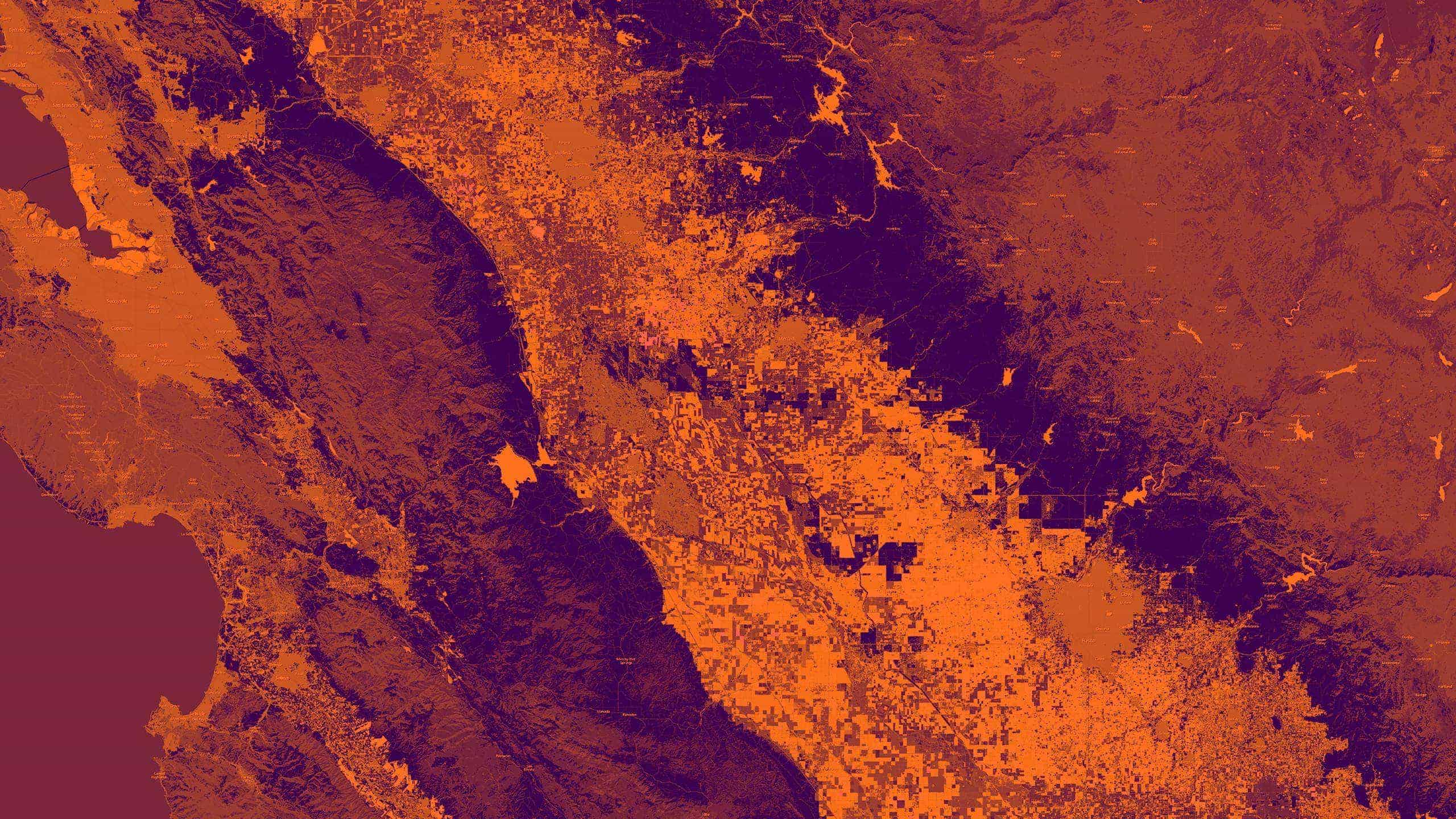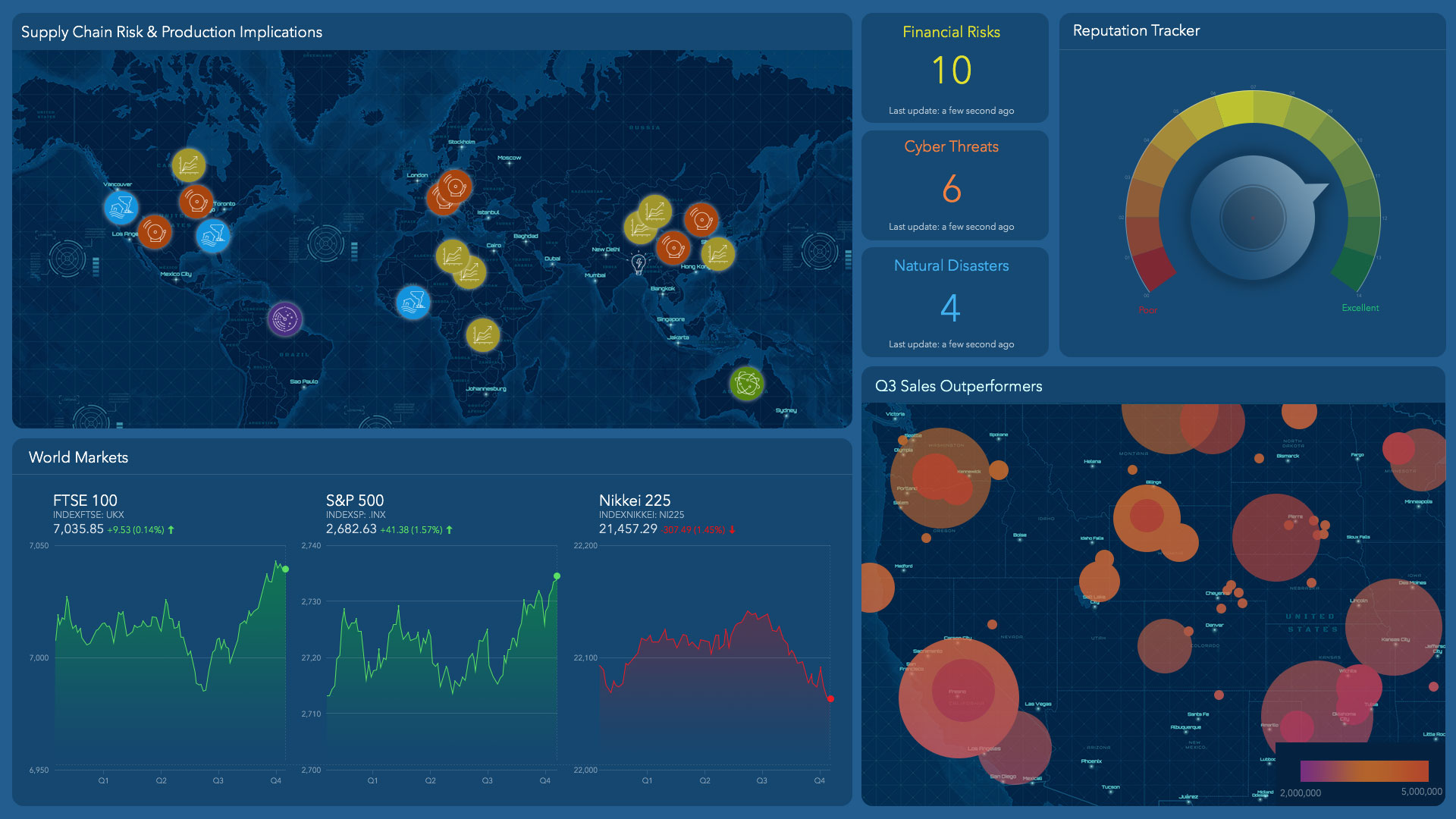Question:
I’m an executive at a company that has used GIS technology in real estate planning for years. My GIS manager says it’s an enterprise technology now. Where is that happening?
Answer:
At a prominent luxury goods company, the global vice president says the benefits of location intelligence increase when the technology is used throughout the enterprise. “You need to have the different departments involved,” he told WhereNext. “We often share what we can do with GIS and what insights we create, and out of these discussions, new ideas come.”
He and the insights team hold regular meetings to share GIS analysis with department heads. “It can be such a powerful tool,” he explained, “but you need to be connected within [the organization], especially in bigger companies.”
Several years ago, executives at a large regional bank created a center of excellence (CoE) for location technology. Its mission is to support business units outside the real estate department. The vice president in charge of the CoE says it acts as a shared service across the enterprise, and its client list now includes decision-makers in compliance, bank branch design, risk management, mortgage lending, and beyond.
CoE analysts use GIS technology to generate location intelligence that helps sales managers close business faster. They create dashboards for executives to monitor regulatory compliance and loan performance. Across the enterprise, the GIS team’s work is increasing productivity and improving decisions, he says.
At one telecom firm, location analysis has become such a popular form of insight that the HR team recently asked for the GIS manager’s help.
“They called me one day and said, ‘Can you figure out where we could put a new call center? We’re thinking about buying a new property. Could you do an estimate of how many residences and types of demographics are within [commuting distance of] this building location? Would we have an adequate talent pool?’ So we went 30 miles away from several locations they were looking at, and we said, ‘In this one, you have access to 6,000 people. In this one, you have 4,000.’ They were able to make a decision on where they would put their call center based on access to talent.”
The head of GIS at a national retailer remembers a time when almost no one outside the real estate department knew the technology existed. “If you think it’s for real estate only,” he says, “you’re really missing the big picture.”
He recently asked the company’s VP of operations whether the GIS team could expand its analysis to departments beyond real estate. With the VP’s blessing, the GIS manager invited decision-makers from several departments to an innovation day featuring demos of how GIS could accelerate their work.
“We said, ‘Here’s what we could do for you above and beyond real estate.’”
Now he’s exploring projects enterprise-wide, with colleagues in customer analytics, marketing, supply chain, and IT.





